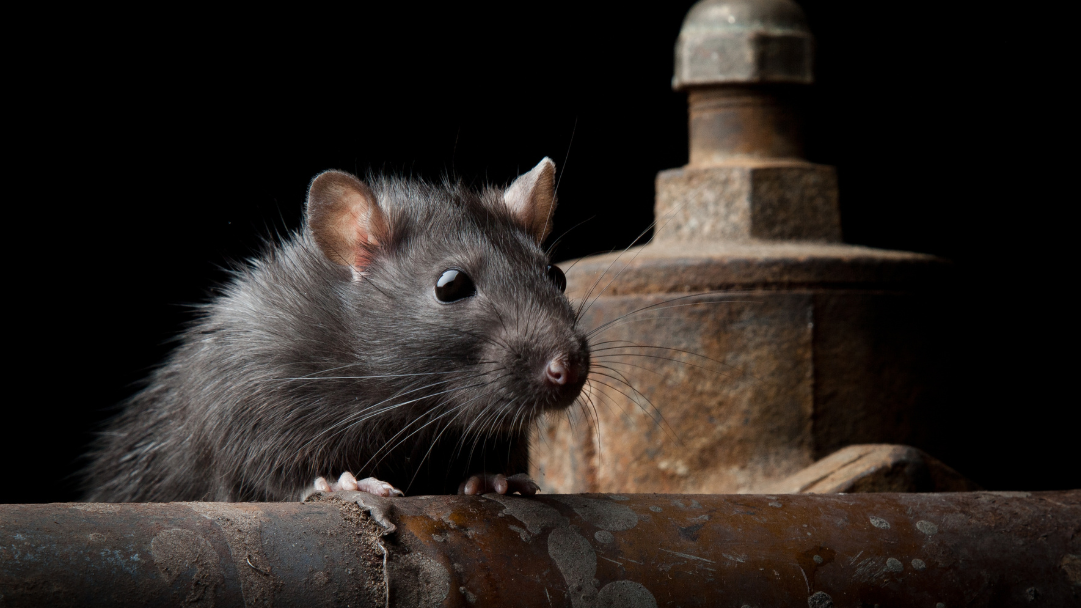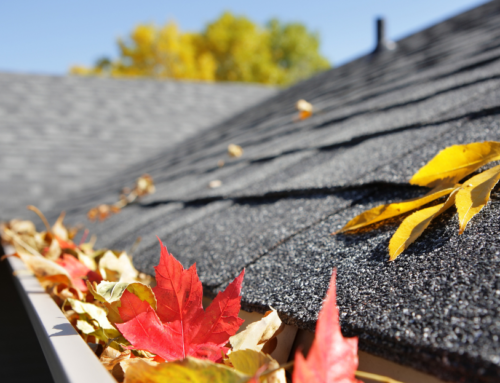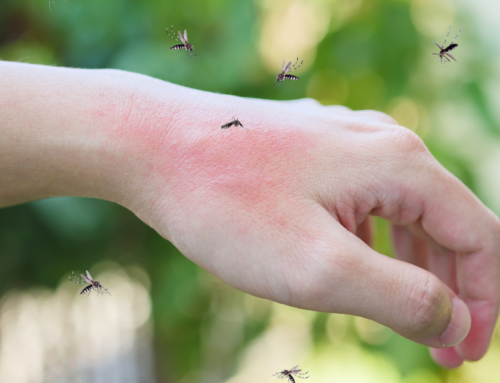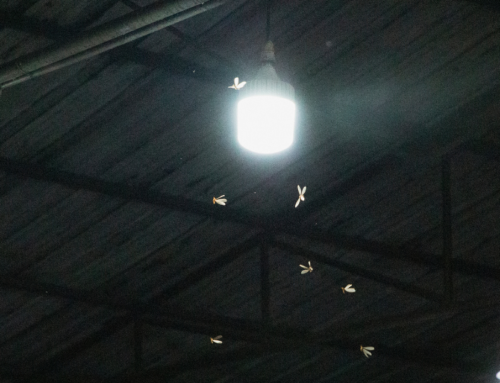While the arrival of colder weather brings many challenges for homeowners, one that tends to get overlooked is rodent infestations. When the cold weather sets in, so do rats and mice. The presence of mice or rats in your home can have devastating and dangerous effects. In addition to creating a mess in your home or attic, rats and mice can damage your property. The presence of rats in attics and crawl spaces is usually accompanied by chewed-down wires, droppings, urine, and odors. Having a rodent infestation in your home puts your attic insulation, HVAC system, and belongings at risk. In addition to causing property damage, rodents can also cause health problems. The contamination of food and transmission of diseases are the primary concern. The disease and parasites carried by rats can also infect humans and pets. Here are the most common types of rodents to be on the lookout for this winter and how to avoid rodent infestation.
Common Rodents
Norway Rat
On average, a Norway rat measures eight inches in length, with a tail that extends farther than the body, adding another seven inches. Their brown fur is often flecked with black, and their stomach is gray or white. These rats are scavengers and can survive on a wide variety of food. Besides consuming discarded human food, rats can also cause problems by eating crops from fields or food from cupboards. Outside of urban areas, rats feed on a wide variety of plants as well as a variety of protein sources.
Roof Rats
Roof rats get their name from their tendency to hide higher up, for example, in trees and on top of roofs. They are excellent climbers and are usually 6-8 inches long. If you hear pitter-patter on the roof, don’t be fooled. Although one might think it was Santa and his reindeer, it is more than likely a roof rat exploring the various spaces in your attic.
House Mice
The house mouse is usually the smallest of the three. They are usually 2-3 inches long. This is also the most common invasive species in Texas. Small cracks, holes, or openings are no match for the house mouse. They can find the slightest opening and squeeze their way through. Seeds are the house mice’s preference, but they will also eat insects and any fruits they can find outside. You will first notice an infestation inside your home usually in the pantry. These mice will consume almost any human food but prefer grain-based products.
Why Do I Have a Rodent Infestation?
In most cases, the main reason rats and mice have moved into your Texas home is the weather. Heavy rainfall and cold winter weather are ideal conditions for these rodents to seek shelter. Sadly, your home is the easiest shelter to find.
These critters are also in search of food. Be mindful when taking out the trash. Securely seal trash bags and garbage bins inside and outside your home.
Signs of an Infestation
Common signs of an infestation include:
- Chewed wires and electrical cords
- Droppings around cabinets or window seals
- Scratching noises in ceiling or walls
- Gnaw marks or scratches on furniture or trim
- Holes chewed in boxes
How BrockStar Pest Services Can Help
BrockStar has been keeping it local since 2012, so we’ve been there and seen that. We can create a comprehensive pest-control plan to rid your home and yard of ants now and treat recolonizations in the future. Call for an estimate! 512-800-0437







